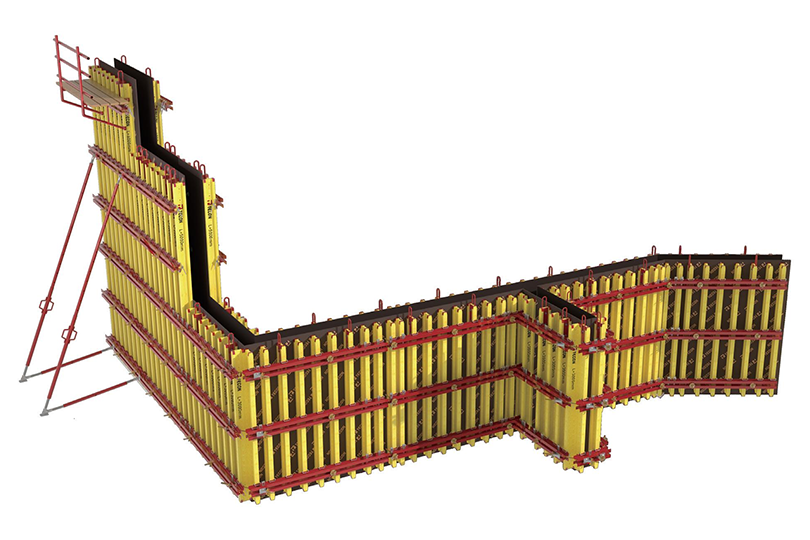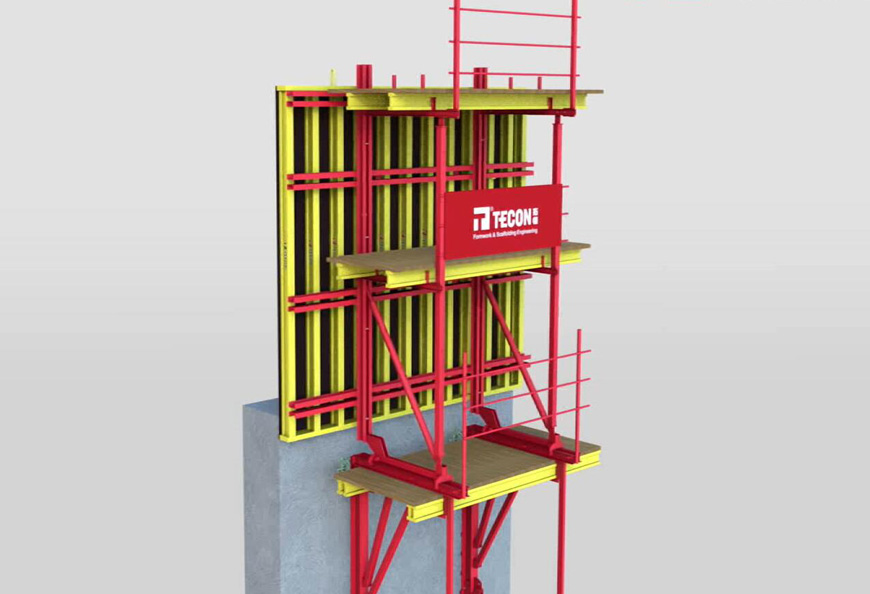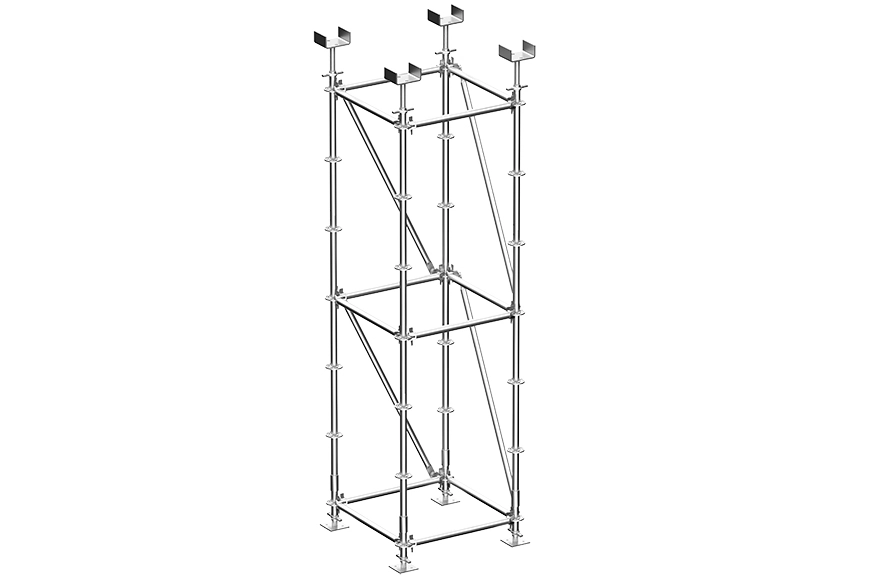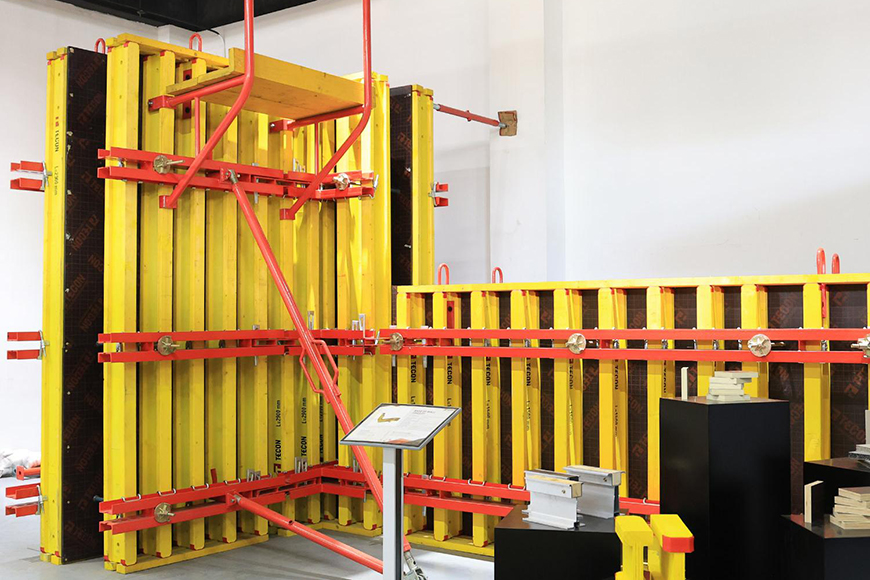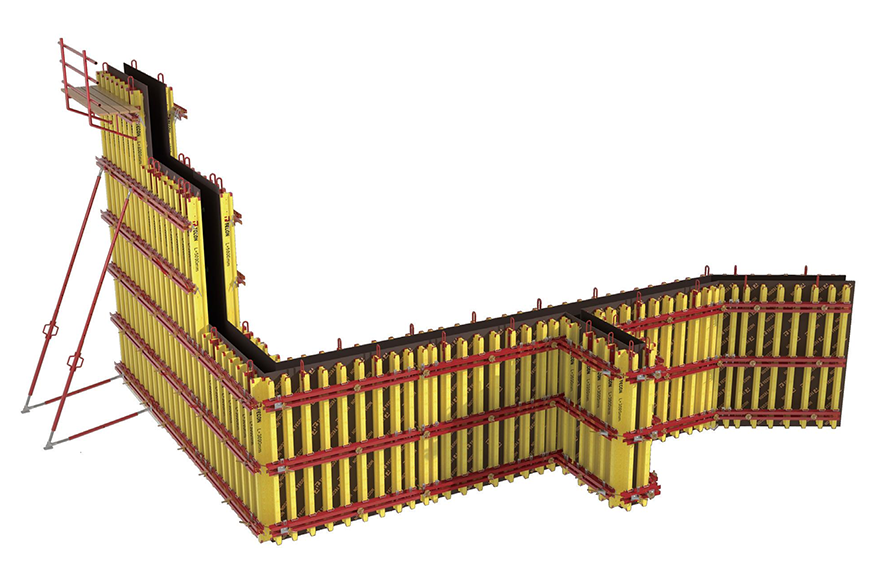Some building formworks are often used in some large-scale projects, and these building formworks can often play a good supporting and fixing role. There are many types of formwork materials on the market, and companies often need to compare different formworks to make a better choice. Next, let's take a look at the difference between steel formwork and wooden formwork.
From the material point of view, the steel formwork is made of steel and the wood formwork is made of wood. Steel formwork for concrete is generally made according to the modulus size. After the concrete is demolished, the concrete surface is still relatively smooth and beautiful. The steel formwork can be placed before or after the installation of the reinforcement. The steel formwork is placed before the steel bars are installed, which is convenient and easy to place and install. It can visually monitor the concrete pouring process, thereby reducing the risk of pores and honeycomb structures. The commonly used wooden formwork is nine plywood, mirror panel, and bamboo plywood. It is more convenient to use, and it is generally used on some special-shaped concrete components because it is easier to cut and make.
Due to the difference in nature, metal shuttering for concrete and wooden formwork have different advantages.
(1) Steel formwork
a. The formwork has low adsorption force and easy demolding.
b. Partially damaged surfaces are repaired on-site, and the surface can be turned over for use after one side is worn.
c. There are many turnover times, generally 50 times or more.
d. Easy to do thermal insulation treatment, which is beneficial to the thermal insulation of concrete in winter.
(2) Wooden formwork
a. Easy to process and can be processed and shaped at will according to the specific geometry of the component.
b. Easy to purchase which is a small one-time investment.
c. It is relatively light, and construction is convenient. It also has the lowest cost.
